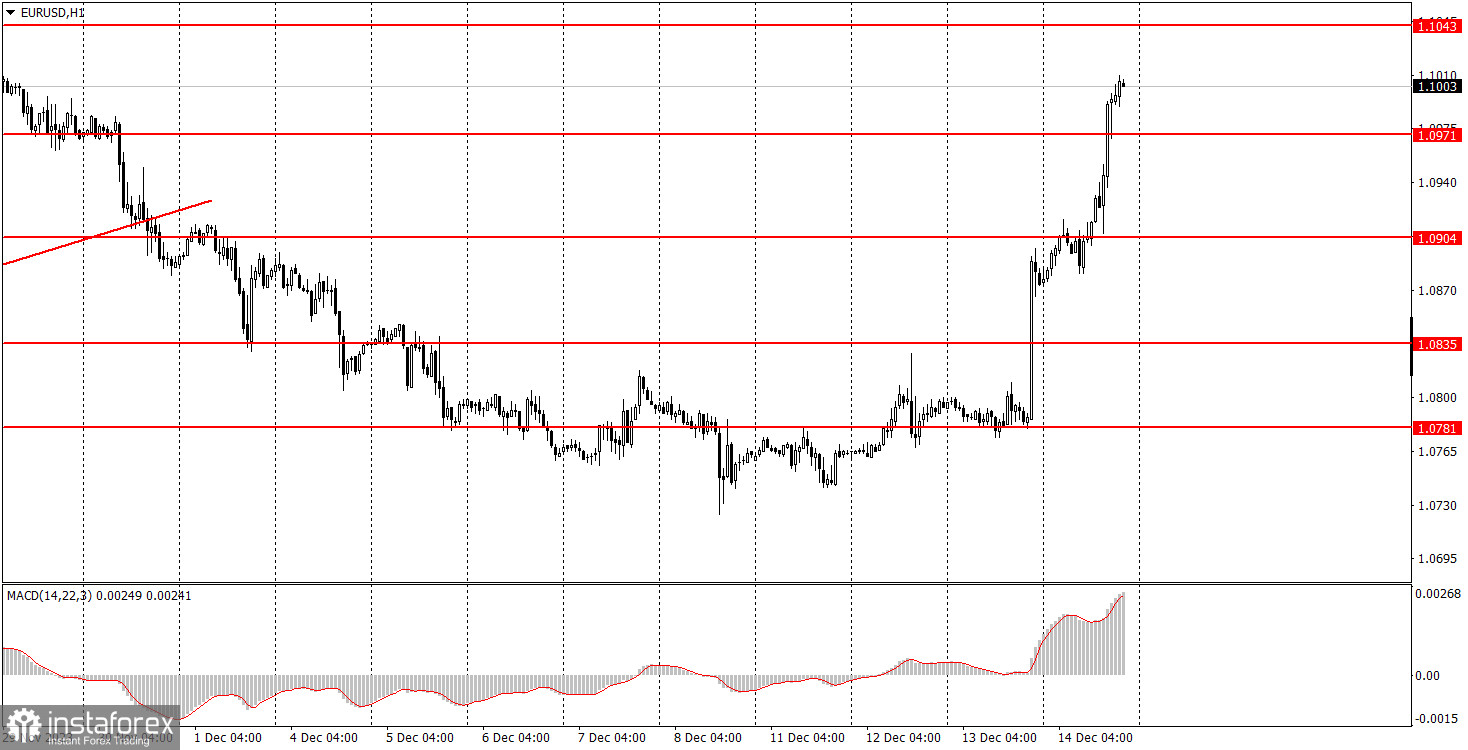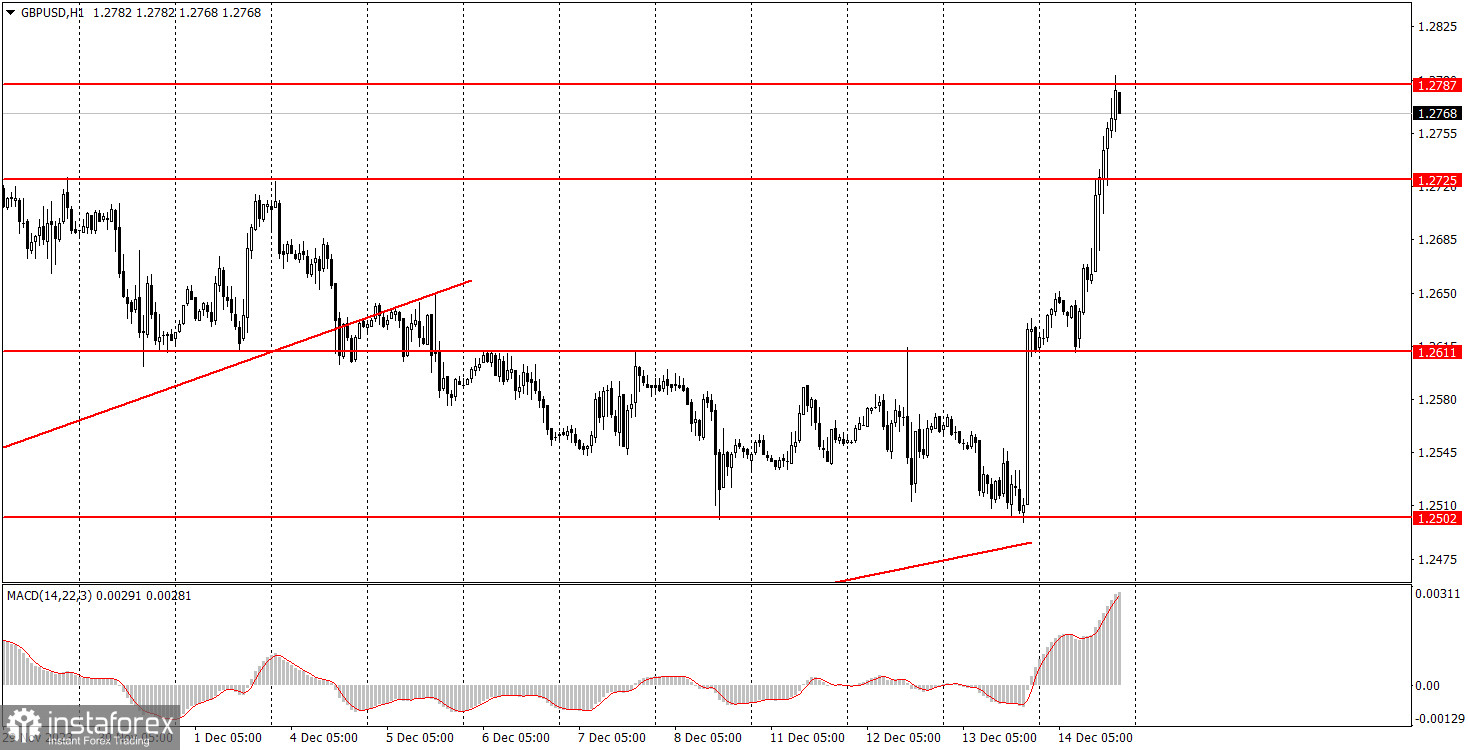Analysis of macroeconomic reports:

There will be a sufficient number of macroeconomic events on Friday, but they are mostly similar. Services and Manufacturing PMI data will be released in the European Union, the United States, and the United Kingdom. According to forecasts, all European indices are expected to show a slight increase, while US indices are expected to remain unchanged. Sadly, the dollar might come under pressure again on Friday. Of course, if European PMI data turns out to be lower than forecasted, then the dollar may have the advantage, but we have to remind you that it is not possible to predict the values in advance.
From a technical perspective, both currency pairs may exhibit a decent downward correction. Both pairs have shown solid growth over the past two days, but it seems somewhat groundless. On Friday, they won't have such strong fundamental support, and in any case, even if the uptrend resumes, a minor downward correction is necessary.
Analysis of fundamental events:
Among the fundamental events of Friday, we can only highlight the speech by Dave Ramsden, a representative of the Monetary Policy Committee of the BoE. However, BoE Governor Andrew Bailey's speech already provided clear information about what to expect from the central bank in the near future. It is unlikely that Ramsden will add anything substantial to Bailey's remarks. Therefore, we consider this event to be of secondary importance.
General conclusion:
On Friday, we advise you to pay attention to the reports on PMI data in the UK, the EU, and Germany. They will be released within half an hour of each other and can have a simultaneous impact on both currency pairs. US PMI data will be of less significance since the United States has more important ISM business activity indices. We believe that both pairs will experience a downward correction on Friday unless European PMIs significantly exceed the forecasted values.
Basic rules of a trading system:
1) Signal strength is determined by the time taken for its formation (either a bounce or level breach). A shorter formation time indicates a stronger signal.
2) If two or more trades around a certain level are initiated based on false signals, subsequent signals from that level should be disregarded.
3) In a flat market, any currency pair can produce multiple false signals or none at all. In any case, the flat trend is not the best condition for trading.
4) Trading activities are confined between the onset of the European session and mid-way through the U.S. session, post which all open trades should be manually closed.
5) On the 30-minute timeframe, trades based on MACD signals are only advisable amidst substantial volatility and an established trend, confirmed either by a trend line or trend channel.
6) If two levels lie closely together (ranging from 5 to 15 pips apart), they should be considered as a support or resistance zone.
How to read charts:
Support and Resistance price levels can serve as targets when buying or selling. You can place Take Profit levels near them.
Red lines represent channels or trend lines, depicting the current market trend and indicating the preferable trading direction.
The MACD(14,22,3) indicator, encompassing both the histogram and signal line, acts as an auxiliary tool and can also be used as a signal source.
Significant speeches and reports (always noted in the news calendar) can profoundly influence the price dynamics. Hence, trading during their release calls for heightened caution. It may be reasonable to exit the market to prevent abrupt price reversals against the prevailing trend.
Beginning traders should always remember that not every trade will yield profit. Establishing a clear strategy coupled with sound money management is the cornerstone of sustained trading success.






















